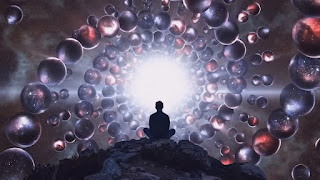Dream Characters

In lucid dreams, dream characters sometimes give the impression of having consciousness of their own. They speak and behave logically, perform amazing cognitive feats and express in their behavior distinct purposes and feelings, but do they have a consciousness of their own? Probably many scientists will not hesitate to answer the question with 'no' or to reject it outright as being meaningless. To avoid rash judgments, we wish to give a precise explication of the question by distinguishing it from other interpretations. In stating that dream characters have consciousness of their own, we do not mean that these are independent beings in the way that occultists and spiritualists think of ghosts or spirits. Rather it is our view that all dream characters, including the dream ego, arise in the brain of the dreamer. This argument is supported by the working hypothesis of psychophysical parallelism or isomorphism. Whereas sensory inputs tend to dominate in the contents and the orga...


